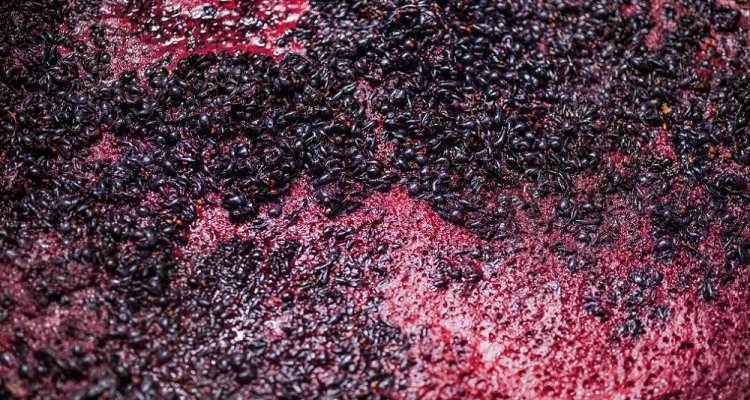
Project
Microbiome connections in the circular productions systems
In a circular economy, animal and plant materials are utilized as raw materials for new products. Animal derived materials, such as manure and feather/bone meal, are used as fertilizer. In addition, plant-based products can be part of the animal diet as a more sustainable protein source. In a circular system where there is reuse of materials there can be risks, such as transmission of antibiotic resistance genes and food-borne pathogens, but also benefits, for instance nutrient enrichment of arable soils that replace the use of inorganic fertilizers based on fossil energy and greenhouse gas emissions.
The whole system should self-regulate to endure disturbances, as diseases, climate induced stresses and re-used materials, while maintaining its functions and health, the so called ecosystem resilience. This encompasses equally to animal as well as plants and their surrounding environment, including soil and air. Each ecosystem needs to be healthy by itself and harbours its own microbiome. Moreover, micro-organisms and/or microbial functions can be transferred together with materials that move along the circular production system.
In a circular production system, where materials are being transferred through different ecosystems, the microbiome will connect these different ecosystems. Microbes will circulate across these different ecosystems, acquiring both beneficial and detrimental features. It is of importance to have a resilient system, thus also the different ecosystems in a circular food production model, here soil/plant/animal, should be intrinsically resilient as well. Meaning that each separate ecosystem must remain healthy and able to recover from perturbations, consequently reducing the use of pesticides and antibiotics.
The micro-organisms of an ecosystem can be influenced by external factors (the environment) which in turn may influence the way they behave towards the host (see paper), therefore, they are a suitable target for increasing health and resilience. Micro-organisms will link different ecosystems, i.e. soil, plant, and animal, in a circular production system. Accordingly, this project will focus on the microbiome(s) as a connecting system which can be influenced and have a positive effect on the ecosystem. In this project we aim to initiate to unravel parts of how to maintain a resilient microbiome among all the ecosystems in the circular food production system, and positioning microbiome research as a driver to answer the following questions:
- How diverse are microbiomes within and between different ecosystems?
- Which microbes are transferred between ecosystems and are there potentially beneficial microbes and/or functions included?
- Which microbes are transferred between ecosystems and are there potentially beneficial microbes and/or functions included?
- How can re-using waste-streams change the microbiome composition in the ecosystem of interest?
- How animal diet affect microbiome-mediated carbon sequestration?
Here we will focus on two different circular systems, namely soil/plant/animal feed and the insect chain as an alternative protein source for feed and food.